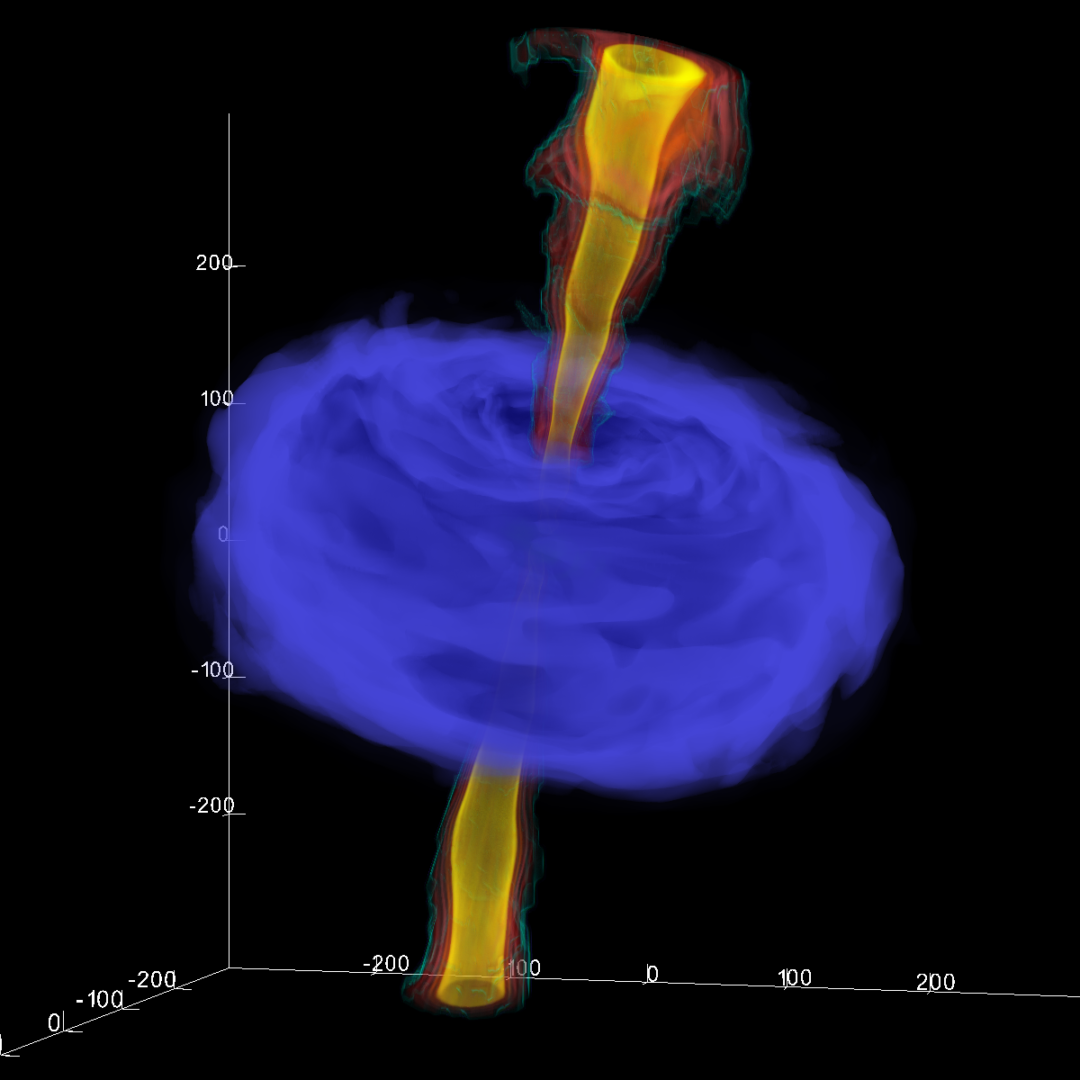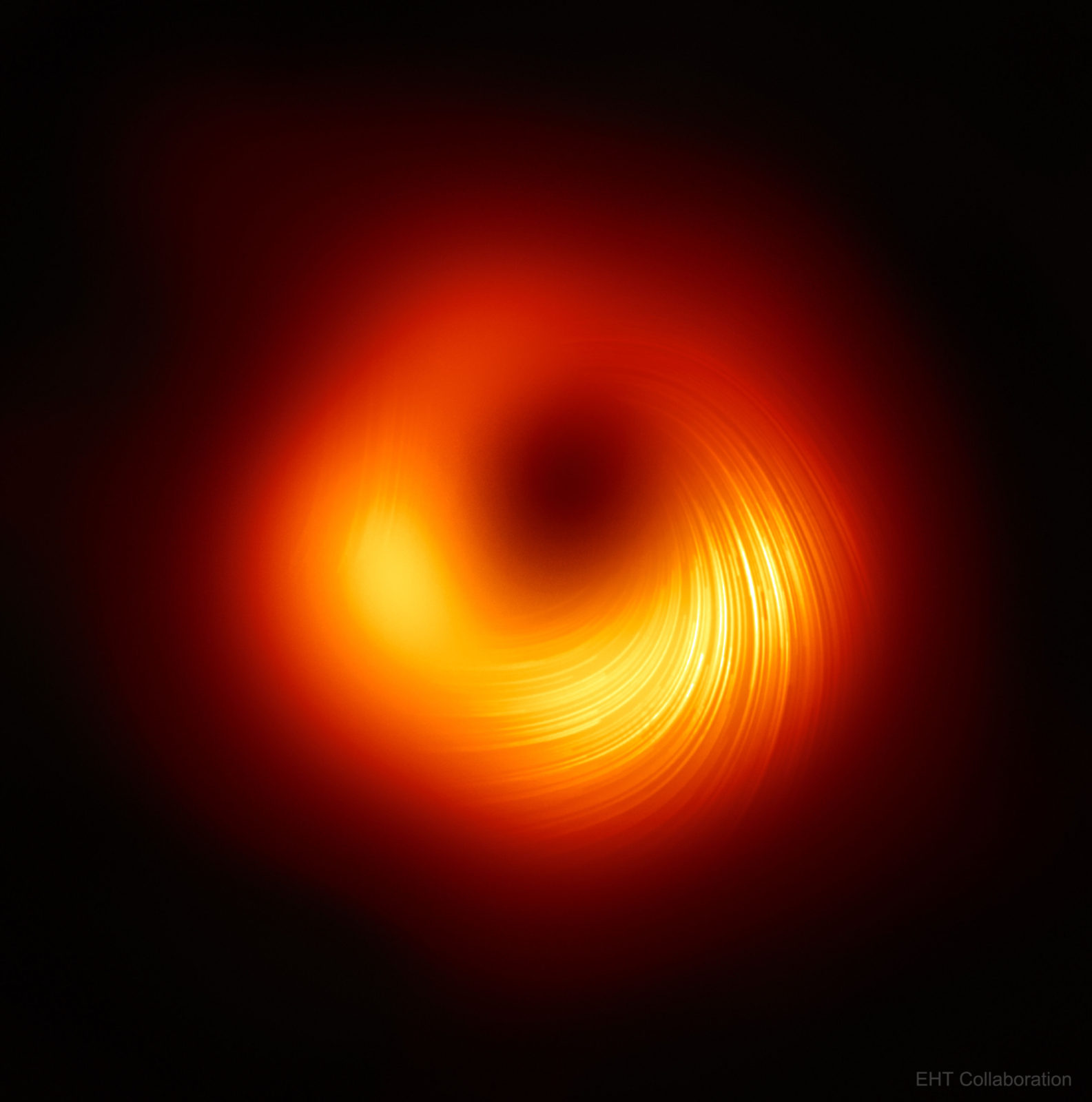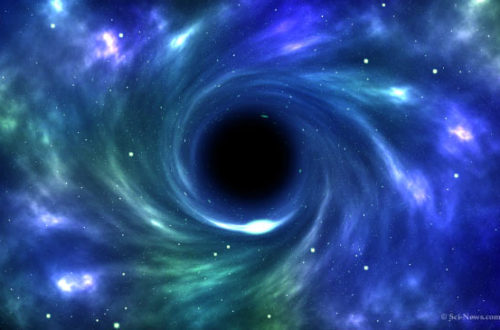Hello readers! I am Atul Chhotray, a post-doctoral researcher in Sera’s group. I am a theoretical / numerical astrophysicist, which means I employ the laws of physics / computers to understand and explain the workings of the universe. I have been fascinated by black holes since time immemorial – and in this post I will talk about them a bit, and jets.
A Very Brief Introduction to Black Holes
Black holes are regions of space where the gravity is so strong that not even light (which travels at the fastest possible speed in the universe) can escape it. For an Earthly example, imagine that you want to go into space. To do that you will have to escape the Earth’s gravity and so you need to travel at a fast enough speed called the escape speed (at which rockets do). Travelling slower that will cause you to fall back to the Earth. For black holes this escape speed exceeds the speed of light! Also note that since even light cannot escape them they appear black – and hence the term black hole.
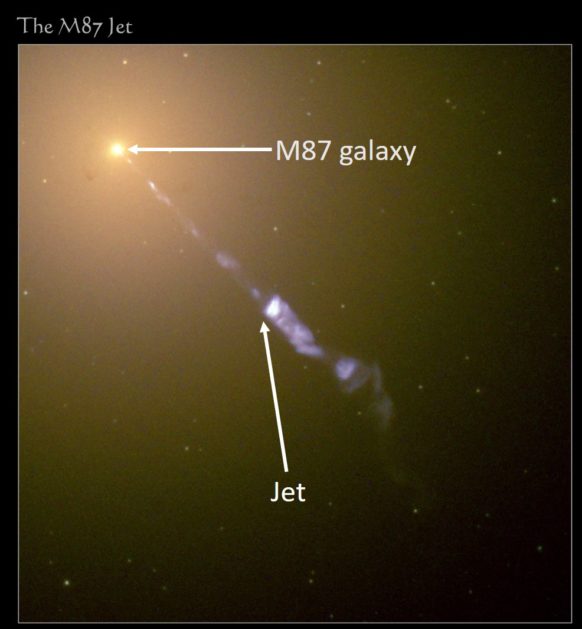
Jets
By observing the universe through telescopes we have discovered that black holes are actually able to eject or spew out matter. This spewed out matter produces light (or to be precise electromagnetic radiation – more about this in the future blog posts) that our telescopes detect. This outflowing matter is called a jet when it is focused into a funnel like shape (in other words, the outflow becomes collimated). Furthermore, these jets move at relativistic speeds (i.e. almost at the speed of light, where we need to take into account the effects of relativity).
These jets have been seen in several astrophysical systems, e.g, Active Galactic Nuclei (also known as AGNs, see Dr. Krauss’ post), black hole X–ray binaries (they consist of a black hole and a star orbiting each other, read more about them in Dr. Russel’s post), Gamma-ray bursts (associated with the death of massive stars, merger of neutron stars) etc.
We do not understand how black holes are able to produce these relativistic and collimated jets. So the big questions that I wish to answer with my research are : how do black holes launch, accelerate and collimate jets?
Magnetohydrodynamics (MHD)
I am tackling these questions using Magnetohydrodynamics (MHD for short). Hydrodynamics describes the motion (dynamics) of fluids (gases / liquids) under the influence of forces (such as gravity). For example, if you wish to understand the motion of ocean currents or how winds flow you would use hydrodynamics. MHD describes the behavior of the same fluid but with the addition of magnetic fields (corresponding to prefix Magneto).
When black holes starts to attract and consume matter (primarily gases from its surroundings), a disc shaped structure is created (known as an accretion disc – see here). The matter forming this disc can become so hot that atoms get stripped of their electrons and becomes ionized. Such a state of matter is called a plasma (fluorescent lights around produce the white light indirectly by creating plasmas, the gases in the sun are in the plasma state). It is in such extreme environments that magnetic fields influence the behavior of these charged particles (the stripped electrons and the ionized atoms) by making them move in a certain fashion (e.g., charged particles move in helical pattern in magnetic fields) and by forcing them to emit light (electromagnetic radiation to be accurate). Magnetic fields can strongly dictate the behavior of the plasma surrounding the black hole – and these fields are the key behind launching jets!
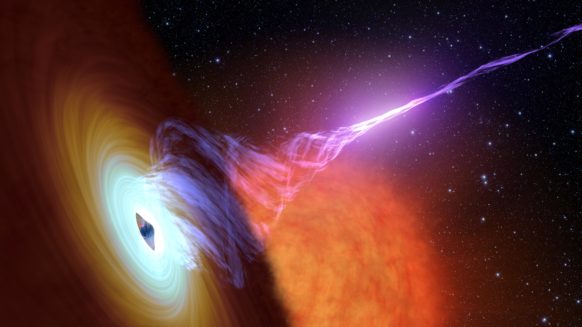
Dealing with fluids is pretty complicated, and adding magnetic fields to the mix is an even bigger complication! To understand the nature of the relativistic jets produced by magnetic fields we need to solve really difficult equations of RMHD (Relativisitic MHD). By making some simplifications [like the idea of magnetic field lines are self–similar in shape] previous group members (Peter Polko, Chiara Ceccobello) have solved these RMHD equations using semi-analytical techniques.
The solutions of these equations provide a self-consistent picture of the jet as it expands and accelerates. Jets in MHD are associated with certain critical points (where the outflow speed surpasses the critical speed values). These solutions help us ascertain the critical points of the jet, including, the modified fast magnetosonic point (MFP). This point is important as the speed of the jet surpasses the fast magnetosonic speed value. In other words, the jet behind this point (downstream) will no longer be in causal contact with the jet beyond it (upstream), and allows formation of shocks. These shocks are regions of particle acceleration (they can energize matter), which are the source of electromagnetic radiation that we see from the jets.
To conclude my post, my research work aims to understand the mechanisms responsible jet production, acceleration, and collimation using the RMHD model. We can improve the understanding of jets by better understanding the solutions of the RMHD equations. I am also looking for ways to find more solutions to these equations. The model predicts locations of shocks, beyond where jets emit electromagnetic radiation. More about jets and radiation in a future post – so stay tuned!

